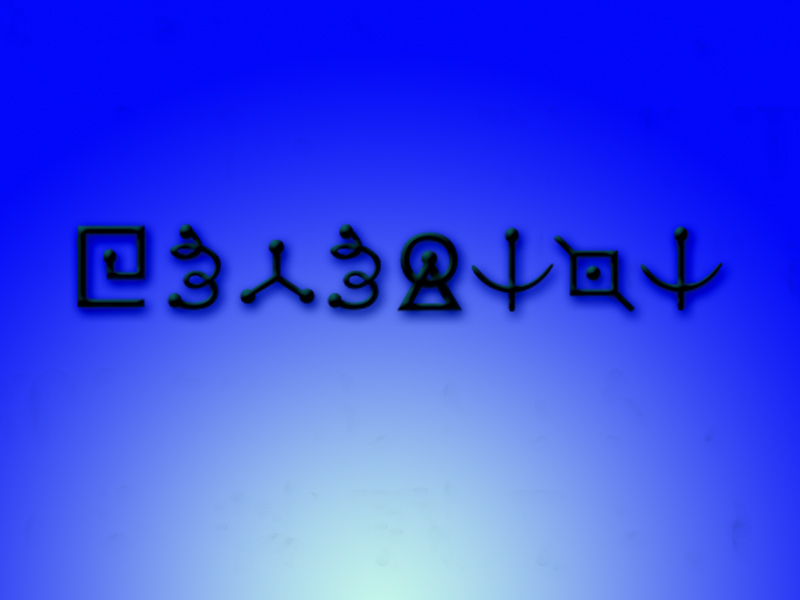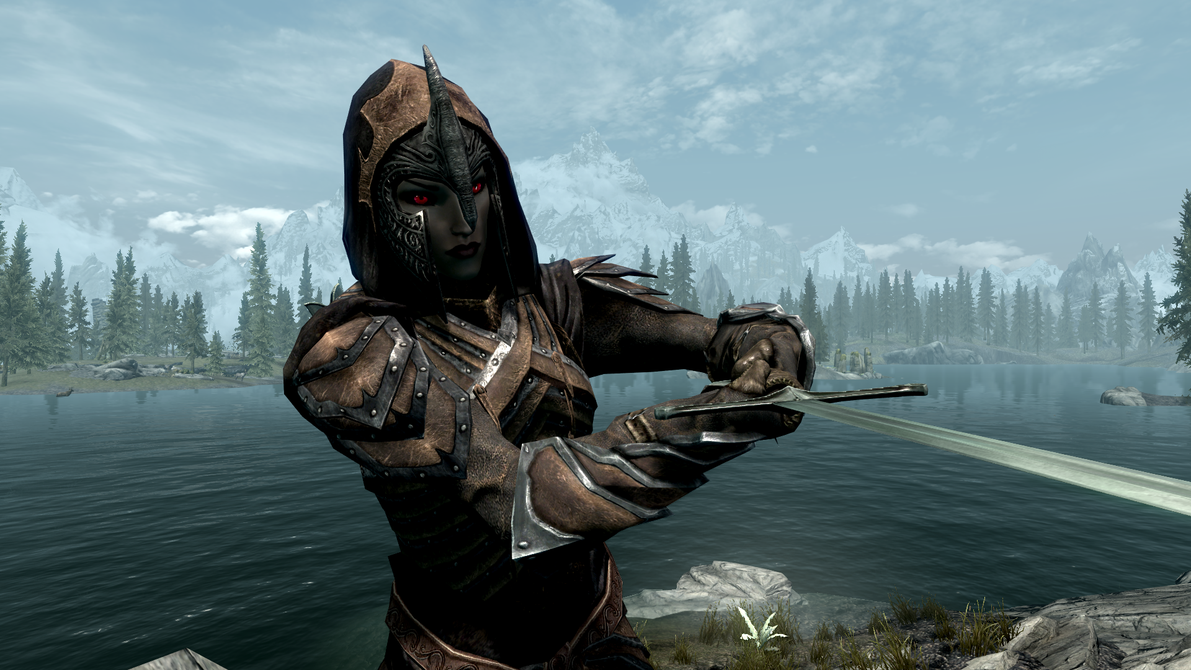Made-Up Languages: Part 2
Last time when we spoke about made up languages, we learned that Lothlorien’s lingo has routes in both Finnish and Welsh, and Dothraki came out of the mouths of horses (more or less).
Whatever language you are learning, there are little nuances to pick up, cognates to lean into in comfort and false friends to flee from. And that is, of course, before we even think about grammar **cue collective shiver at the very thought**.
That’s what makes language learning so exciting, isn’t it?
For those of us who don’t find French, Finnish, or Faroese quite challenging enough, here are some more made up languages for your polyglot pleasure.
Language: Furbish
oo-nye-doo? – where are you?

Photo via Pixabay / Pixabay
Inventor: Tiger Electronics
Purpose: To lead our young astray in the art of gibberish.
No, Furbish probably wasn’t created with that specific purpose in mind. In fact, it is quite an ingenious invention. There are 42 words that comprise the entire vocabulary of a Furby, and as each Furby communicates with its small (and large) human, it replaces each of these words with the English translation. Teaching Furbish by exposure to the language, one syllable at a time.
As the Furbish language is (intentionally) limited, it is pretty easy to learn. It has its own basic grammar structure and word order rules, and actually is evolving, with more recent additions to the language with the release of new Furby models (Moo-Lah – money, and Oo-Kah – uncle are the latest).
What is interesting about Furbish is that it combines many of the aspects of real languages from around the world. There are origins in many languages, but especially from German and Japanese, and even the odd universal word like yippee (roughly translated as… yippee…)
Language: Newspeak
blackwhite
Inventor: George Orwell
Purpose: To control thought and remove synonyms and antonyms (meaning) from the speech of the good folk (as in, note the Proles) of the totalitarian state of Oceania.
We’re in Dystopian heaven territory now, so you’ll forgive us of a little duckspeak of our own. This language is beyond clever, with Oldspeak (regular English) torn asunder by its speaker’s usual instincts to wax lyrical about virtually anything.
In case you haven’t the foggiest clue what we are talking about, we are of course referring to the staple in Dystopian and English fiction, that is 1984, and the invented language used to control the speech and thoughts of the populace in its fictional society.
Learning a new language? Check out our free placement test to see how your level measures up!
There is no negative in Newspeak, with un- becoming the prefix to represent negation, meaning good and bad becomes good and ungood. You can intensify something with plus-, and further intensify with doubleplus-, but that is about as expressive as it gets: anymore and you’ll be accused of crimethinking or ownlife tendencies, which could lead to you becoming an unperson.
If you think about how our news media portrays our current stories, and how the same news story is reported differently depending on the country or political stance of those involved, Newspeak is actually a very real, relevant thing in our lives today. Which George Orwell clearly saw coming. Orwell cited the decline of language on the whole as being the fault of political and economic cause, and whilst he had no resolute proof of that actually being the case, it is easy to see where he was coming from.
Language: Ewokese
Ee chee wa maa! – Wow!
Inventor: Ben Burtt
Purpose: To round out those beautiful furry little characters in Return Of The Jedi that we all wanted to cuddle up to on Endor and bring home from the cinema.
This is a somewhat famous quote from Ben Burtt’s August 1982 interview for Bantha Tarcks #17:
Ewokese was created from a mixture of languages: with roots in Tibetan, Nepali and Mongolian, and a heavy origin in Kalmyk, perhaps this multi-lingual background influenced there being a number of different dialects of Ewokese. There is even the evidence of loanword influence similar to what we see with English around the world today, with words from Basic (English) in the Star Wars universe like sunee – sun, and pola – polar as examples of that.
As well as Ben Burtt’s extensive work to bring this language to life, Anthony Daniels, C3PO himself contributed, collaborating with Burtt during the scene where C3PO relates the story of the Rebel Alliances efforts to defeat the Empire. A number of new terms were added to the already-rich Ewokese language, and became part and parcel of a very real language that you can learn for yourself, if you so wish.
Language: Alienese

Photo via DeviantArt / DeviantArt
Inventor: David X Cohen
Purpose: Probably to give eager-eyed mathematician fans of Futurama an ongoing, ever-replenishing Easter egg.
Initially, Alienese appeared as humorous graffiti in the background of scenes, decipherable only by those who recognized the challenge as a substitution cipher, and saw that the patterns in the alphabet represented our 26 letter alphabet and ten-based number system.
The purpose was to create a series of in-jokes, as those who have followed Matt Groenig’s work over the years would know to expect. But since fans were able to work out these hidden meanings so quickly, reportedly within around thirty minutes of the show’s premiere, the show’s writers went a step further and invented the slightly more complex Alienese II.
Alienese II uses a modular addition system, and if you’ve ever picked up a puzzle book and worked on some of those trickster decoding ones, we’re sure you’ll figure out this in no time as well.
While we’re disappointed that there’s not an actual spoken version of Alienese, the language geeks in us can’t help but the thrilled to see a fully operational alphabet in use.
Language: Dovahzul (¨dragon voice¨)

Photo via DeviantArt / DeviantArt
Inventor: Bethesda
Purpose: To breathe life into the language of the dragons in the world of Skyrim
Bethesda created this frankly beautiful language that has earned itself a vast fan base that could possibly rival that of the Klingon fan base, to give a sense of otherworldliness to the Elder Scrolls videogame.
The cuneiform written alphabet comprises 34 runes that are based on marking that might be made by a dragon’s claws. They have pronunciation that is based on the International Phonetic Alphabet so learners can converse both vocally and through writing. There are no upper or lower cases, no forms of punctuation, and the language is written from left to right like many conventional languages, so there are a lot of plus points if you like your languages simple.
There are online communities, and even courses on various apps that will help you learn Dovahzul for yourself. Dovahzul might be considered one of the most successful conlangs of current times and is definitely worth further investigation.
We hope you’ve enjoyed our little foray into the world of the conlang; we’re sure there’s much more to be said about them, and just as much validity in learning their tongue as your regular Italian or Spanish. Happy language learning!




